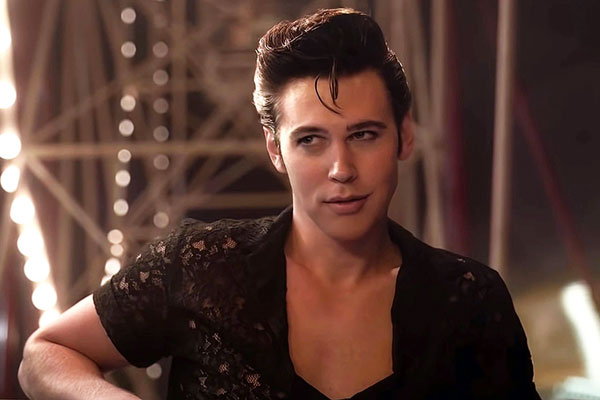
“I always tell actors, if there’s a show that you want to work on blindfold yourself and listen to the show.” – Voice Actor Casting Director Linda Lamontagne
Though many successful actors will try their hands at voice acting at some point in their careers, for many actors voice acting is their career. In an interview with Variety, Casting Society of America Artios Award winning Voice Actor Casting Director Linda Lamontagne (BoJack Horseman, Family Guy, American Dad!) spoke about some of the challenges with casting voice actors, but also reveals that it offers a world of opportunity.
Regarding what makes voice casting different from live action casting, Lamontagne points out that it allows for more opportunity for actors. She explains, “It is different casting, because you’re having to rely so much on the voice. The world is my oyster — and not even the world, the universe: if I could find somebody on Mars, I would. What’s so great about it is anybody can be anything. I look at it as, I have more opportunity in animation than live action because live action is tied to location, appearance, availability. There’s so much freedom in recording, especially now, when they’ve perfected technology to where you can get people at home.”
Because she isn’t necessarily limited by location, Lamontagne admits that the number of submissions that she receive can be overwhelming — and that casting voice actors for television has a much quicker turnaround. She continues, “I search literally any English-speaking country. I send breakdowns to New Zealand, Australia, Europe, Brazil, all over the place, wherever they want to submit. So, I actually go wide to begin with. The issue with that is, I do get 5,000 submissions. You can’t do that on an episodic [level], but if you’re doing a pilot or series regulars, I do those searches and I have that library that I keep and I’m able to pull from those people for [other things]. In television animation, it is a lot more of an offer situation because you have a short window to get a cast and do a record because they animate off the radio play and the radio play has to have the voices.”
For actors who are interested in working as voice actors, Lamontagne shares two key pieces of advice on how to improve your chances if you are thinking about submitting:
“I always tell actors, if there’s a show that you want to work on blindfold yourself and listen to the show. If you blindfold yourself you’re going to hear rhythm, and how they project and delivery and speed. And you can imagine what they’re doing when you hear their voice and that’s important as well.
“Also, following directions in labeling or slating to make it easy for me to know who they are. It’s a big pet peeve of mine. I write this whole diatribe of how to label, how to slate, and if they do it exactly to the way I’m asking then I can sort it faster. If it just says m4a, I don’t know who it is. I can take the picture and Google to try and figure out who it is, but that’s frustrating.”




